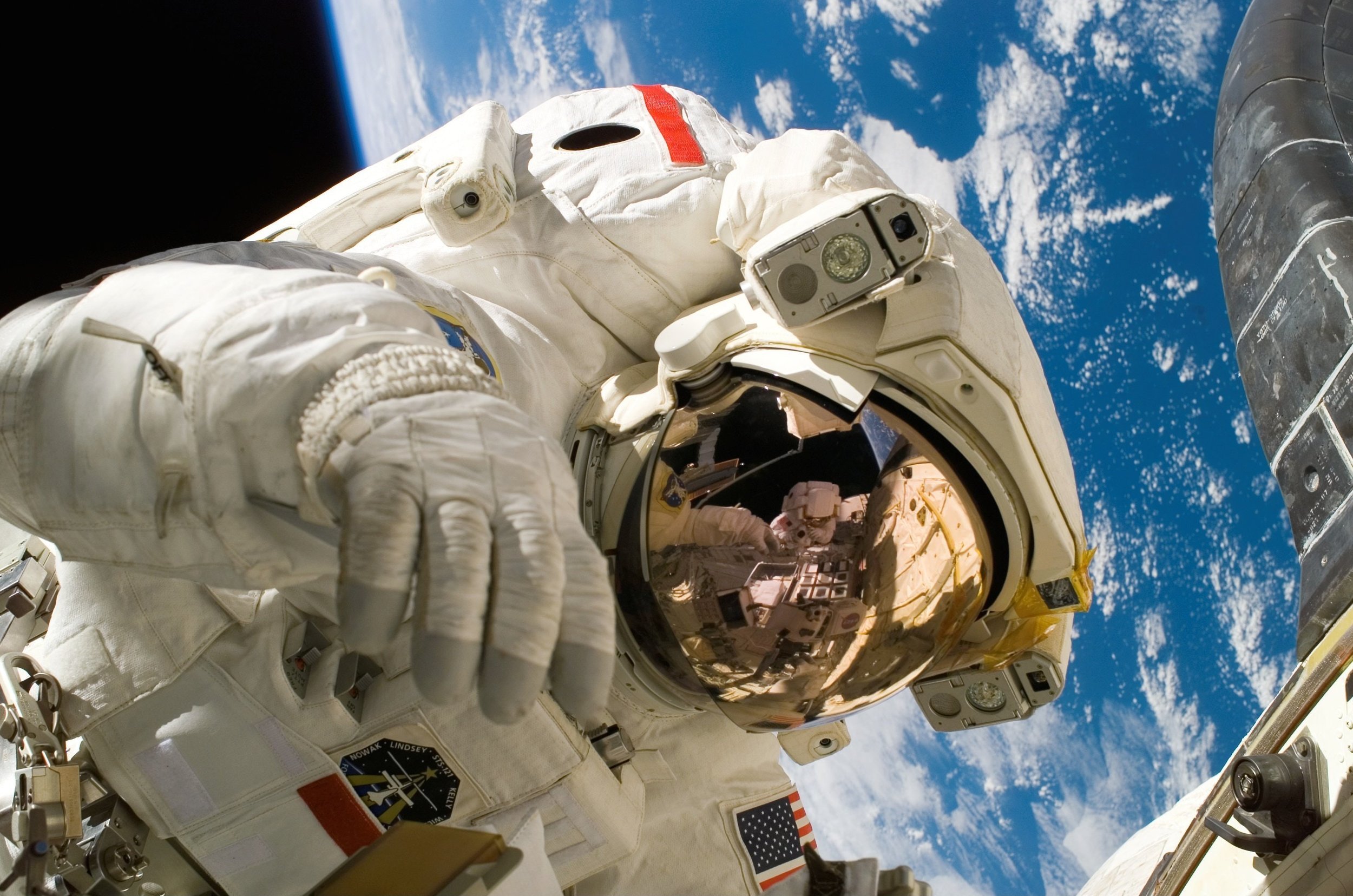AI in Astronomy: Three Applications That Will Change How We Understand the Universe
Want to know more about how AI is integrated into astronomy-related fields? Learn about how AI can help change our understanding of astronomy!
Top three list of AI integration in astronomy-related fields
Artificial Intelligence (AI) and Astronomy
Astronomy is the study of the intrigued relationship between human existence and the complexity of our universe. A study so extensive yet barely scratching the surface of our universe. But what if AI can bring forward innovation to the advancement of technologies and knowledge in the field of astronomy?
Artificial Intelligence (AI) is constantly evolving and is predominantly accountable for the future of mankind and innovations - both positively and negatively. Fields and concepts that are beyond and within human’s grasp can be made possible and more efficient through the application of AI in astronomy.
Top three AI jobs in the field of astronomy
Detection of Exo-Planets
Through incorporating the transit photometry method and supervised machine learning, scientists have found efficient and more reliable methods to detect exo-planets in space. Transit photometry measures drop in starlights which are caused by the periodic orbits of planets surrounding the particular star - these data are called flux. Repetitions of these flux data are then captured and collected to be processed through machine learning to identify constantly occurring patterns. Data that are proven to be exo-planets will have a constant recurring flux-data. In the past, detection of exo-planets was done manually and was proven to be less accurate while also taking a longer amount of time compared to the usage of machine learning to analyse and process respective data.
CIMON Personal Assistant in Space
If you’re a fan of the movie Interstellar, you might have heard of Case and Tars - which are personal robots who assisted our favourite Joseph Cooper. Well, this personal assistance is made possible by the IBM, Airbus, and German Space Agency which created the CIMON Personal AI Assistant for usage in the ISS. This robot uses AI and Machine Learning to converse and assist the astronauts through providing direct and on-the-spot information, during an emergency. Generally, the robot acts like Siri and Alexa. Also, the personal assistant is equipped with facial recognition technology which makes conversations between CIMON and astronauts more convenient.
Monitoring of Technological Systems in Outer Space
At the very moment this article is read, hundreds of objects are currently orbiting our earth - this includes satellites, spacecraft, complex systems, and machines. These orbiting technologies require detailed monitoring and precautions due to the various variables that may cause minor to major malfunctions/complications. Therefore, in an attempt to minimize these errors, scientists have implemented AI systems to monitor the performances and conditions of outer space systems. These systems are used to notify the headquarters in earth regarding the error and emergencies. However, time constraints may be an issue if actions are directed by headquarters’ responses. Due to this, AI is being used to monitor systems and take direct action independently. An example of such a system has been developed by SpaceX in satellites in which the system can track the object’s position and direct the device to avoid collisions with other objects in space.
Is AI the future?
Considering the growth of AI innovations in present society, we can say that Artificial Intelligence is predicted to grow and evolve further to reach technological advancement beyond what humans may have imagined. Thus, not only will AI in astronomy strive further but it will also influence nearly all tech-related fields today.

